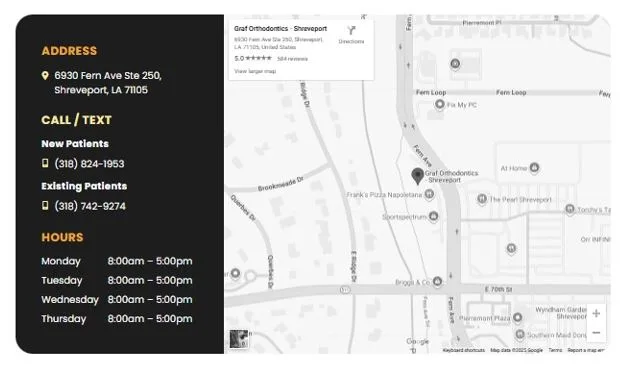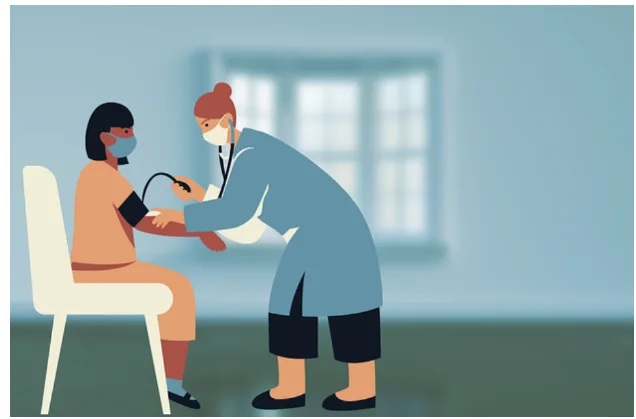Navigating Insurance Claims After a Personal Injury
Filing an insurance claim after a personal injury can be a complicated experience, especially when you are still recovering. In Long Island, where everyday life moves fast, even a minor accident can lead to overwhelming paperwork, medical bills, and constant back-and-forth with insurers. Understanding how to handle this process can make all the difference in achieving a fair outcome. From gathering documents to negotiating settlements, every step requires care and clarity.
Knowing your policy, maintaining communication, and keeping detailed records are key to protecting your rights. When challenges arise or settlements seem unfair, seeking professional support ensures you are not taken advantage of. For clear, reliable guidance and deeper insights into your legal options, visit Chaikin Trial Group’s website. With preparation and trusted advice, navigating insurance claims becomes a more manageable and confident process.
Understanding Personal Injury Claims
In most cases of personal injury, it occurs due to the act or negligence of another person. This may refer to vehicle accidents, workplace accidents, or slips and falls. Often, insurance becomes an issue when trying to resolve these issues. A claim seeks compensation for expenses related to medical bills, loss of property, and other costs incurred. This all starts with the initial reporting of the incident shortly after it occurs.
Reporting the Incident
Immediate notification is crucial following a collision. All of these factors have the potential to complicate the claims process further if you encounter delays. You have to take action, such as contacting your insurance company and reporting the incident, because most insurance policies require this to remain valid. Providing proper details of the time, place, and circumstances of the incident creates a proper foundation. Taking statements from witnesses and photos will further solidify this claim.
Gathering Essential Documentation
A crucial step in such claims is proper documentation. Documents such as medical records, repair estimates, and receipts show evidence of loss or injury. Make ample notations regarding doctor visits and recovery progress. Documentation also covers any communication with insurance representatives. Having detailed notes allows for accurate remembrance and avoids miscommunication in conversations.
Communicating With Insurance Adjusters
Insurance adjusters consider the facts and determine fair compensation. Clear, open conversations help avoid misunderstandings. It’s common for adjusters to request a recorded statement or additional information. A polite and factual communications process helps keep the process moving along. What is in the best interests of the person making the Kytaster claim is avoiding speculation or doing something wrong.
Understanding Policy Coverage
Different policies may have different inclusions and exclusions. By taking the time to review the policy thoroughly, you will discover the essential limitations and financial obligations. It is always subject to the variables of liability, deductibles, and policy limits. Being aware of these limitations early helps you avoid unpleasant surprises if certain costs are excluded. Sometimes additional insurance closes coverage gaps.
Calculating Compensation
Compensation after an injury usually covers medical bills, lost earnings, and property repairs. Some claims also include pain, suffering, and emotional distress. Accurately estimating losses ensures fair compensation. Insurance companies may offer settlements that seem low at first. Evaluating these offers carefully before agreeing helps individuals make informed choices.
Negotiating a Fair Settlement
Negotiation is simply part of the process of settling your claim. At insurance companies, initial offers tend to be on the low side. When there is readily available documented proof, it seems reasonable that the total paid out would be higher. Negotiating takes time—and if everyone remains adult-like and tries to hold it together expertly, risks are most likely to be reasonable and grounded in the realities of the marketplace. The claim is extinguished by accepting an offer; therefore, any final decision must be made cautiously.
Seeking Professional Guidance
Not all personal injury claims are straightforward. In such extreme instances, it could certainly be beneficial to enlist expert advice. Lawyers can assist injured individuals by providing information about their rights, clarifying documents, and negotiating on their behalf. When there are disagreements or policies seem vague, this support can be helpful. Engaging with individuals you trust helps prevent errors and enhances your chances of a successful outcome.
Preventing Future Issues
If you think it sounds familiar, learn from the past so that it doesn’t become a problem in the future. Regularly reviewing insurance coverage helps ensure there is an adequate amount of coverage. Accidents occur less frequently in the workplace, at home, and on the road when proper safety practices are followed. Keeping up with policy modifications and the claim process is crucial to remaining prepared when unplanned and unthinkable events occur.
Conclusion
Dealing with insurance claims following personal injuries requires great patience and attention to detail. Every phase also carries weight—from reporting the incident to negotiating settlements and beyond. Armed with the right information and preparation, someone can get a fair settlement and protect themself. People are more confident when they know their options and have better control over the process.




